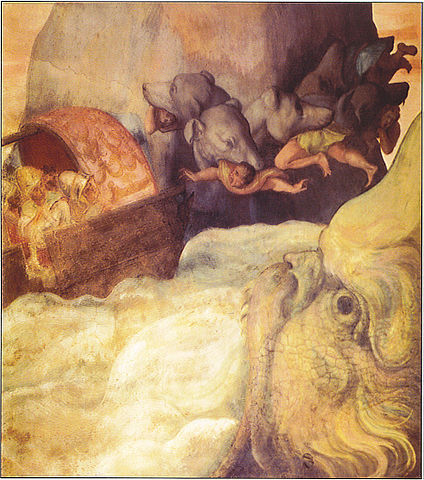35886
Sanofi-Aventis, et al. v. Apotex Inc., et al.(Federal Court) (Civil) (By Leave)
(Sealing order) (Court file contains information that is not available for inspection by the public)
Keywords
Intellectual property - Patents, Medicines.
Summary
Case summaries are prepared by the Office of the Registrar of the Supreme Court of Canada (Law Branch) for information purposes only.
Intellectual property — Patents — Medicines — Generic manufacturer seeking damages under s. 8 of Patented Medicines (Notice of Compliance) Regulations, SOR/93-133 after delayed market entry due to statutory stay occasioned by failed prohibition proceedings — What is correct interpretation of, and correct legal framework applicable to determination of appropriate compensation owed under s. 8? — What is status and legal implications of PM(NOC) Regulations in the hypothetical “but for” world? - Whether legal framework applicable to s. 8 requires the construction of a hypothetical market in which failed prohibition proceedings against plaintiff are excluded, while those against its competitors are legally considered extant
The Applicants (collectively, “Sanofi”) are the patentees and have the rights to a series of Canadian patents for the drug, ramipril, used in the treatment of hypertension. The original ‘087 patent issued in 1985 and was set to expire in 2002. In an effort to extend that patent protection, Sanofi obtained a further series of patents for different indications for ramipril and listed them on the Patent Register. Between 2003 and 2008, these “new” ramipril patents were challenged by Apotex Inc. and other generic manufacturers under the PM(NOC) Regulations. Sanofi applied for prohibition orders in each case, triggering a 24-month statutory stay that kept the generic competitors off the ramipril market during that period of time. Only one prohibition application was successful. Apotex received its NOC to market Apo-ramipril in December, 2006. Sanofi commenced separate unsuccessful infringement actions against both Apotex and the other generic manufacturers. Apotex then brought an action under s. 8 of the PM(NOC) Regulations, to claim damages for its net lost profits during the period of the statutory stay.
The Court will hear the following patent case on November 4, 2014:
35562
Apotex Inc., et al. v. Sanofi-Aventis, et al.(Federal Court) (Civil) (By Leave)
(Sealing order)
Keywords
Intellectual property - Patents, Medicines.
Summary
Case summaries are prepared by the Office of the Registrar of the Supreme Court of Canada (Law Branch) for information purposes only.
Intellectual property – Patents – Medicines – Patent for medicine held to be valid and infringed by generic manufacturer – How the utility promised by a patent is to be identified and ascertained – How an appellate court is to review factual findings of trial judge as to how skilled addressee would understand the promised utility – How limitations periods are to be applied in respect of activity that only involves conduct, including import and export, in one province.
Plavix is a drug useful in inhibiting platelet aggregation activity in the blood which was developed, patented, and marketed by the respondents (collectively, “Sanofi”). The ‘777 Patent for Plavix is considered to be a selection patent that claims a subset of compounds which are already within the scope of the prior genus ‘875 Patent. The active ingredient in Plavix is clopidogrel bisulphate, the dextro-rotatory isomer of the racemate, having beneficial properties over both the racemate and the levo-rotatory isomer. Apotex Inc. (“Apotex”) attempted to market its own version of clopidogrel bisulfate. It applied for a Notice of Compliance from the Minister of Health, alleging that its version of clopidogrel did not infringe Sanofi’s patent. Apotex also alleged that the ‘777 Patent for Plavix was invalid on several grounds. Sanofi successfully obtained an order prohibiting the Minister from issuing the Notice of Compliance to Apotex. This order was upheld on appeal and again at the Supreme Court of Canada. Apotex then commenced an impeachment action in the Federal Court seeking a declaration that the ‘777 Patent was invalid on several grounds including lack of utility. Sanofi commenced its own action, alleging that Apotex had infringed its patent by importing clopidogrel into Canada and then exporting it from Canada for sale in other countries including the United States. The two actions were consolidated.







